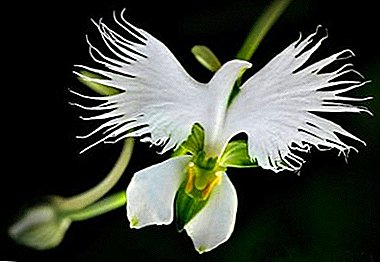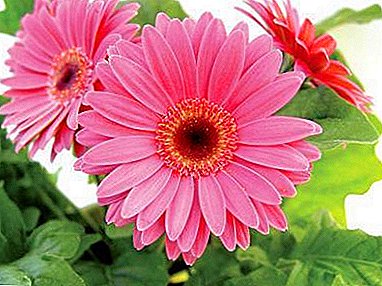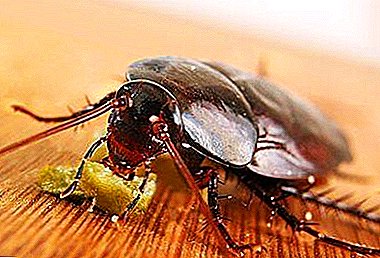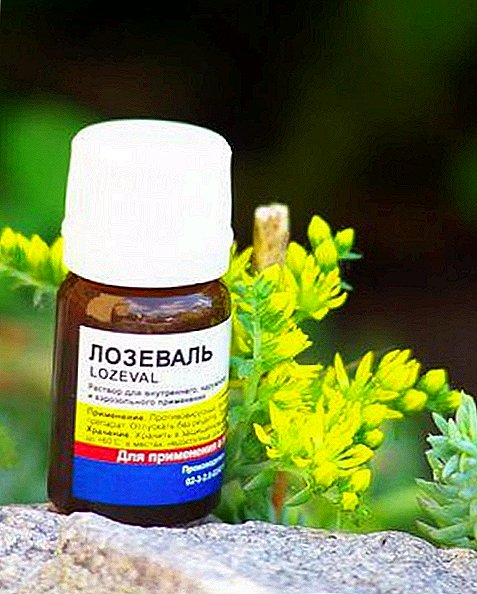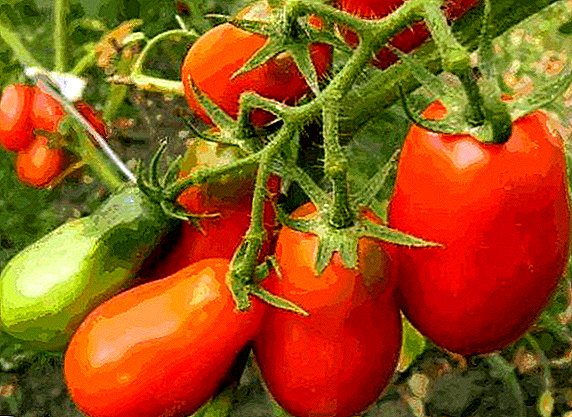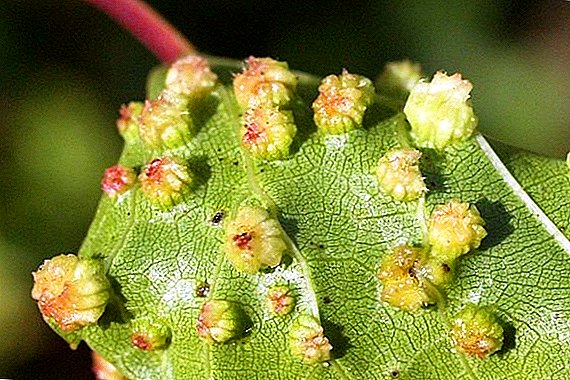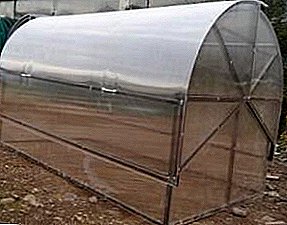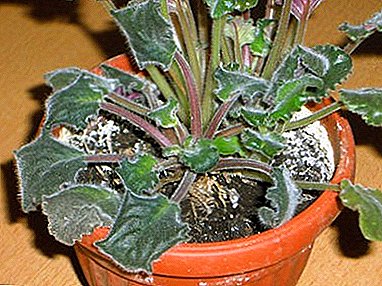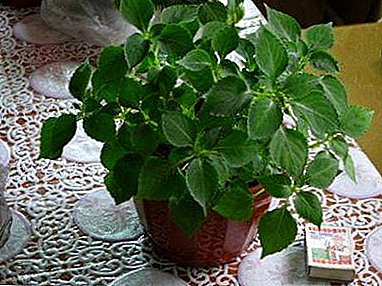
Blooming balsam - a delightful sight. A healthy, strong plant, as a rule, everything is covered with delightful delicate buds for almost a year.
But not all flower growers can make "Vanka wet" or "Spark" (as it is called) bloom. What is needed for this?
This will be discussed in this article. In addition, you will learn what are the features of care in the apartment; why only leaves grow, but no flowers; what diseases and pests can destroy the flower. And, of course, tell you what to do to make the buds on your pet.
Features and flowering period
A variety of colors and shapes is amazing. There are flowers simple and terry, solitary and collected in inflorescences. And what a wide range of colors: white, pink, scarlet, coral, red, yellow, or even two-color! Interesting that at the same time on the plant there are buds, open and withering flowers.
Particularly pleased flower growers duration of flowering period. With proper care, the balsam will decorate your apartment almost all year round. Outdoors, it blooms from July until frost.
What to do to make buds?
- The plant does not like direct sunlight. The balsam foliage is tender, the stems are juicy, so the bright sun can lead to wilt and sunburn. In the shadow of hiding balsam is also not worth it. Ideal conditions: a few hours in the morning sun, and from the daytime - pritenyat.
- In the summer, it is good to keep the flower in the open air, protecting it from the scorching sun and rain. Strong wind or rain can knock down fragile leaves.
- The optimum temperature for growing in the summer is 20-25 degrees, in the winter not lower than 15-17 degrees. Balsam fears cold.
- Balsam - a water-loving plant. This should be taken into account when watering. In addition, it is necessary to ensure sufficient air moisture.
Secrets of caring for indoor beauty
- Requires proper watering. Spring and summer - plentiful and frequent. In hot weather, we allow daily watering. To understand that moisture is not enough, it is very simple - the foliage immediately becomes wilted. In winter, the volume of water should be reduced, but watered systematically.Note! Avoid stagnation of water in the pan and pot.
- Regularly spray the balsam crown. With low humidity, the plant can shed its leaves (for information on why balsam leaves fall and get sick, read here, and learn about why foliage turns yellow and how to resuscitate a plant, learn here). It is possible to spray a plant only at a temperature not lower than 20 degrees.
- During the flowering period, the plant needs additional feeding - once every two weeks.
 Balsam blooms better if you put it in a cramped pot.
Balsam blooms better if you put it in a cramped pot.- The life of the balsam is small - up to 2-3 years. Then the plant is better to update. Cut off the young branches and root them, and the old bush will have to be removed.
- Make sure that the pest does not start on the flower, otherwise the plant will begin to wither and will not give long-awaited flowers (we told about diseases and pests that can destroy the flower, as well as the reasons for their occurrence and measures to combat them). Most often balsam affects spider mites, aphids and whiteflies. To combat them, spray the plant with soapy water, then rinse it off with warm water. You can apply the extract of mustard powder or tobacco dust. In case of a severe defeat, you can not do without chemicals - the solution "Aktellika" or "Fitoverma" will do.
Why only leaves grow?
Impatient plant unpretentious. But if he stubbornly refuses to bloom, check how suitable the conditions in which he lives are.
Why does a houseplant not give buds? There can be several reasons:
- Lack of light. In the shade the plant will not bloom. Still, this is a southern plant, and it needs enough light. If it is not possible to give the balsam enough natural light, add artificial lighting fixtures! Keep balsam better on the east or west windows.
- Balsam badly responds to frequent changes. Find for him a permanent "place of residence".
- Balsam does not bloom at low temperatures. +15 degrees is a critical mark, the temperature below has a bad effect on the health of your "green pet."
Dangerous temperature drops and drafts are dangerous for a balsam - a plant can throw off unopened buds!
- Insufficient watering. Land in a pot should always be wet. But follow the measure - the water should be absorbed completely. Puddle in the pot is dangerous!
- Dry air Spray the plant daily. If possible, take it out in the warm season to the open air. At home, dry air can be the main reason why buds fall off a balsam.
- Wrong pot. Most types of balsam are fairly tall and large plants. Many growers are trying to pick up a large pot for them. It is not right! If you want not only a powerful crown, but also flowers, keep your balsam in a small, cramped pot.
- Lack of nutrients. Throughout the year (except for winter) fertilize the plant with fertilizer. They must contain potassium and phosphorus. Choose drugs with a minimum nitrogen content. Watering with fertilizers is carried out once every two weeks, more often you should not “feed” it. After plant transplantation, fertilizing can be done in three weeks, that is, when the plant is restored and rooted.
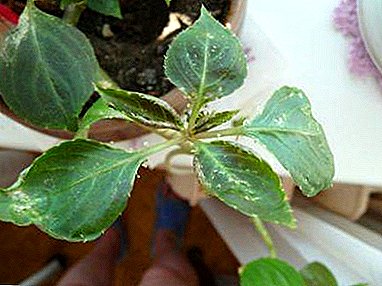 Pests. Often the parasites on the balsam is the main reason why Vanka wet buds do not bloom.
Pests. Often the parasites on the balsam is the main reason why Vanka wet buds do not bloom.- Aphid and whitefly are very dangerous. Small numerous insects of white, green or black color. They settle on the back of the leaves, in the axils of the stem and suck on life-giving juices. The leaves curl and become wrinkled.
- Spider mite - small insects of red and black color. After the mite appears on the balsam, whitish plaque and cobwebs appear. At the first sign, wash the green part of the plant with a soapy solution, then with clean water and treat with insecticides! For example, Introvir, Fitoverm, Aktellik.
- Root decay. This trouble can occur due to abundant watering with cold water when kept in a cool room. In this case, it is required to transplant the plant into fresh soil. Cut off the affected parts of the plant, treat the slices with crushed coal. Adjust the temperature and frequency of watering.
If these simple conditions are observed, the balsam will delight you with its bright, like tropical butterflies, flowers from spring to the end of autumn, and you can be justly proud of the decoration of your home or garden!


 Balsam blooms better if you put it in a cramped pot.
Balsam blooms better if you put it in a cramped pot. Pests. Often the parasites on the balsam is the main reason why Vanka wet buds do not bloom.
Pests. Often the parasites on the balsam is the main reason why Vanka wet buds do not bloom.